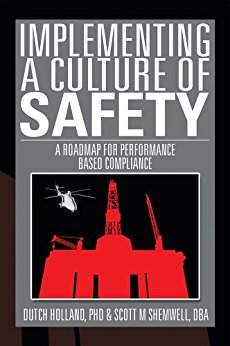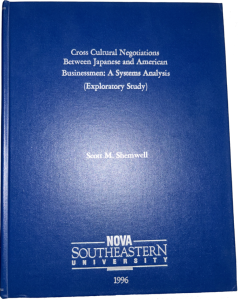"Tell me and I forget, teach me and I may remember, involve me and I learn" - Benjamin Franklin
Welcome to Our Cross Cultural Serious Game Portal
A Unique Behavioral Science Based Online Game
By all accounts we live in a diverse and complex world. Whether dealing with Global Customers, Diverse, or Multi-Faceted Teams we all have an obligation to better understand our collaborative counterparts. It is difficult to ‘Walk a Mile in the Other Person’s Shoes.’ Our Cross Cultural Serious Game based on peer reviewed social and economic science allows just that. Take a look and talk about how we can help you meet your collaborative training goals.
Serious games are designed for a purpose beyond pure entertainment. They are used in a variety of professional situations such as education, training, assessment, recruitment, knowledge management, innovation and scientific research. They use the motivation levers of game design – such as competition, curiostiy, collaboration and individual challenge to enhance the motivation of participants to engage in complex (realistic) tasks.
The increased involvement of participants offers new stimulating possibilities.
We live in a global business environment. Even small organizations must deal with international clients as well as employees and partners or suppliers.
Generally, most think of cross culture as communication across international borders and/or ethnicity. We now realize that human engagement is much more complex and not limited to international borders or ethnicity.
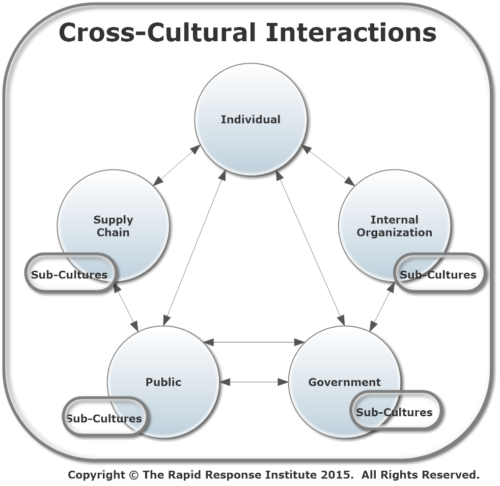
Cross Cultural Engagement
Our Everyday Business
We usually don’t think about it, but everyday businesses engage in Cross Cultural Negotiations. One prevalent example is the Safety Culture. Industry often speaks of a safety culture as if thousands of companies all have the same one. In reality, each organization has a culture upon which the safety culture tenets are impressed.
Similarly, when two or more organizations or teams interact, the bring their unique culture to the party. Recognizing and understanding the other party is critical to success.
Our Cross-Cultural training game provides realistic scenarios designed to help players/teams better “walk a mile in the shoes” of their counterparts.
Five Elements
As depicted in the graphic, organizational cross-cultural interactions incorporate one or more of these dynamic components.
- The Individual defined as a single human being or perhaps other entity with whom others collaborate
- The Internal Organization defined the (legal) entity one or more individuals associate with on a daily basis
- The Government defined elected officials as all levels of the Federal, State and Local government regulatory bodies including any and all regulatory bodies or other agencies
- The Public defined as communities and other interest groups including the media as well as its social aspect
- The Ecosystem defined as the broad group of constituents which includes clients/customers, the supply chain as well professional services engaged with the organization
Note that sub-cultures abound across the four elements other than the individual. For example, a taskforce or team may be formed to implement a global IT system. In this case, the team may be composed of individual from several countries as well as Internal and External IT professionals. In this case this would be an Internal Organization Sub-Culture. Another Sub-Culture might be the NYC office with a distinct local flavor.
This game has its roots in international cross-cultural negotiations. One premise that individuals/teams/organizations Relationships are determined by Behaviors in specific circumstances or Conditions. This R B C model is useful when training individuals for cross cultural engagements.
This game has been used for over two decades in its paper-based format. Individuals with responsibilities in the following areas can find value from this serious game training.
Who Should Play this Game
Almost every senior executive, managers at all levels and project team members will find value playing this game which generally takes less than one hour.
Let's Make a Deal!
Selling, Buying, Business Development or Creating a Partnership as well as Global Sales and International Negotiation.
Safety Culture
Attaining and Sustaining Cultural Transformation
Merge & Acquisition
Integrating new acquisitions, assuring Maximized Shareholder Value.
Multi-Cultural Teams
Developing & Sustaining High-Performance Teams with participants from all walks of life and experience.
Custom
Adapt the Game to Your Specific Requirements.

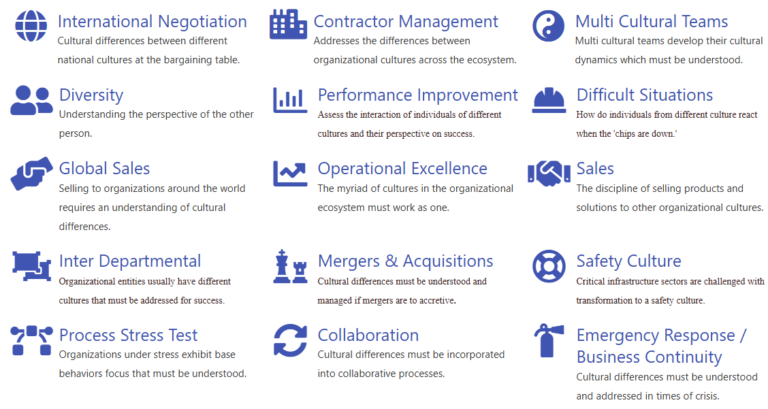
How the Game Works
What You Can Expect from this Game
After you login, you will be directed to complete a series of questions designed to identify demographics and various behaviors about you as the individual (or team) and your organization. Then each player will be provided with a scenario and set of rewards. While the intent is to collaborate to solve a problem, the reward system builds in a level of tension. After the personal interaction, a post-game questionnaire is to be completed and finally, an analysis will be provided both sides.
Goals and Learning Experiences
While we are using technology to facilitate this game, in reality this game is between people. Whether you’re playing this game with another player or part of a team collaborating with your counterpart team, the goal is the same. You can expect to gain:
- A greater understanding of cross-cultural interaction
- Empathy for your counterpart(s)
- Specific expertise you can use immediately solving business problems
All of us need to collaborate with diverse sets of individuals on a daily basis.
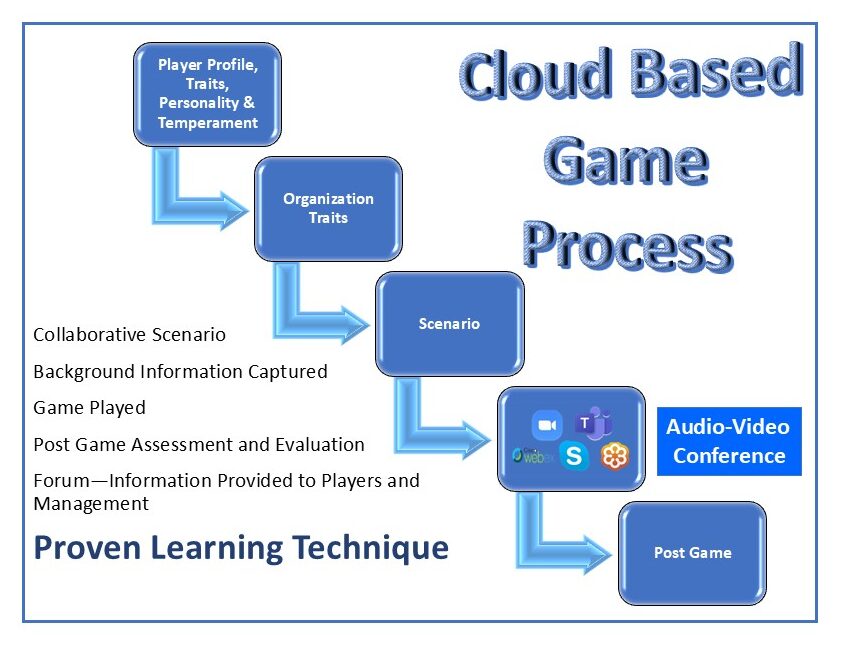
Privacy and Confidentiality
You will be asked for some information that is private by nature. This information will not be shared but will be assessed and presented as a “roll-up” that does not divulge specifics. See our Privacy Policy for more information.
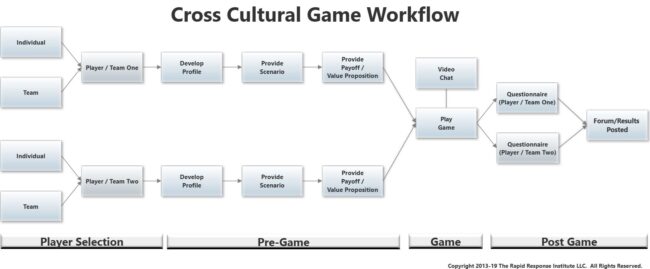
Game Flow
This graphic depicts the End-to-End process of the four major processes: Player/Team Selection, Pre-Game Analysis, the Human-t0-Human Game interaction and finally the Post Game analysis and learning for both players and management.
Multi-Cultural Collaboration
Any business teaming process is fundamentally a collaboration process. The goal is to achieve a Pareto Optimal Value by individuals who will continue to work with the others after a given project is completed.
Teams of individuals must come to a consensus and make a proposal to other teams. Once agreement (or stalemate) is achieved, the game facilitator will analyze the results and engage with the players and management so that all leave with practical Learning and tools to go forward in their careers.
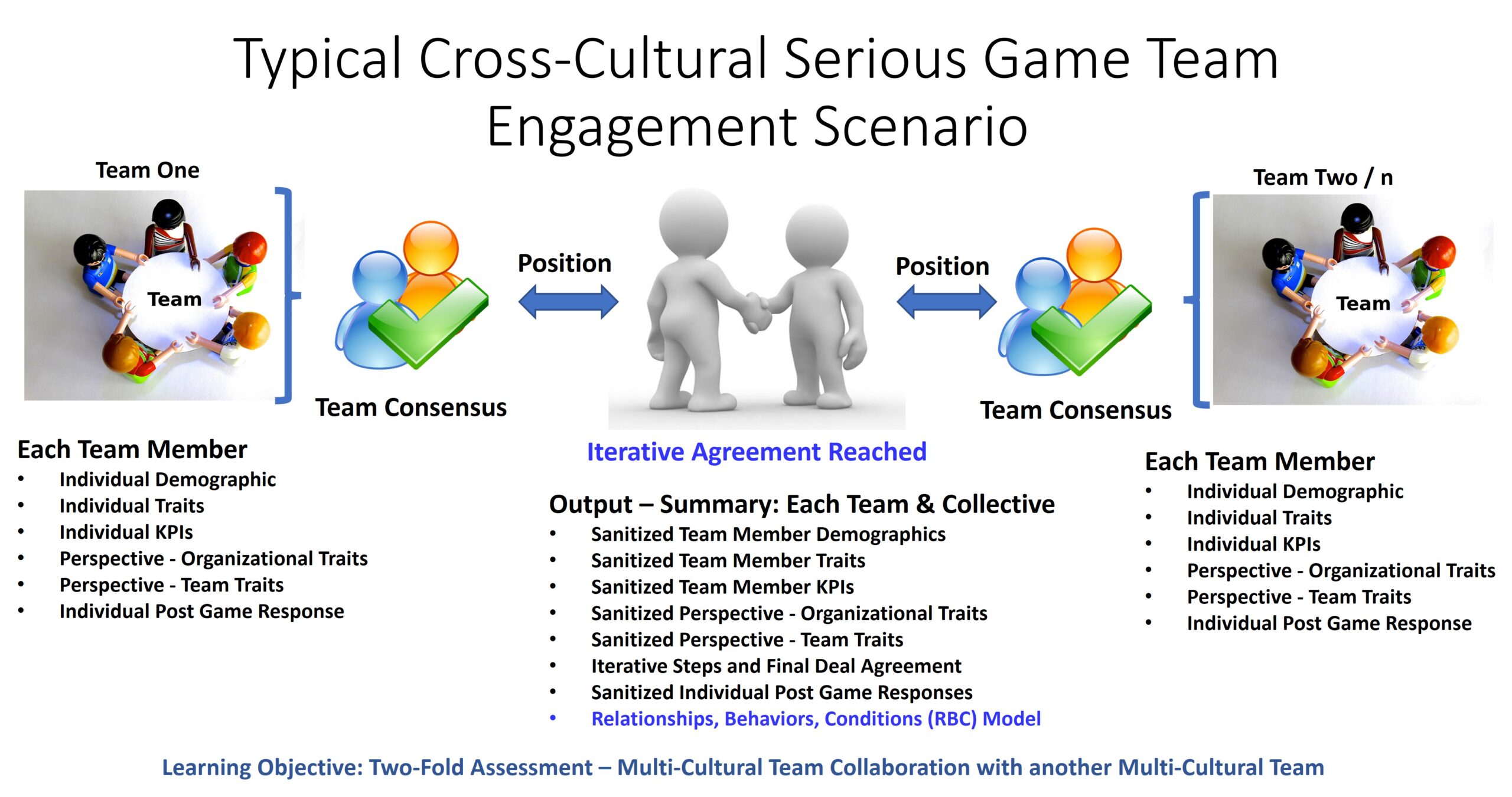
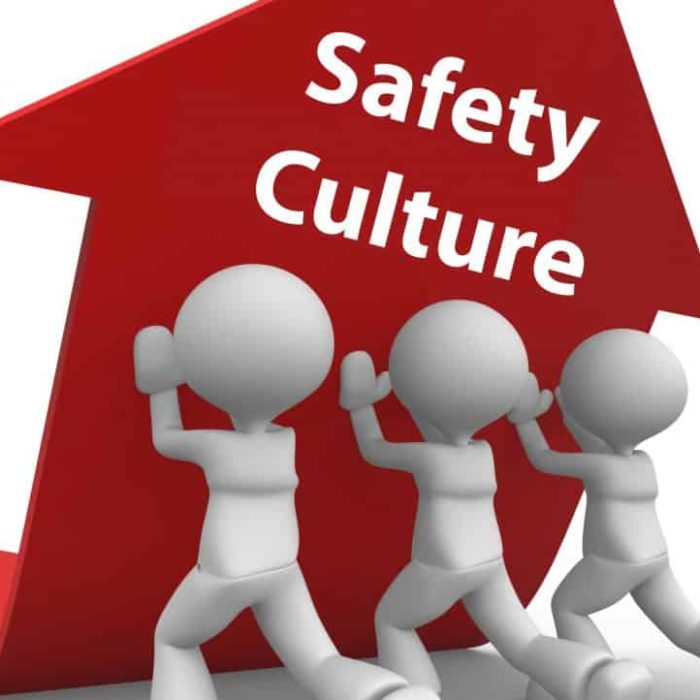











Behind the Scenes
A brief look at the model and construct that led to the current Cross-Cultural Interaction game. The original premise was International Negotiation between organizations with different social norms and cultures. The construct developed the R B C Framework which we have found to have great value with all human interactions. Who knows, in the near future humans may behaviorally interact with machines and their cultures and biases.
As we watched the Deepwater Horizon tragedy unfold in 2010, it became apparent that one of the major casual effects were the industry and organizational cultural differences that dictated behaviors that were seemingly at odds with others. The resulting book provides heavy industry organizations with a roadmap toward a Culture of Safety. For those interested, cultural differences are addressed in our Operations Management System (Smart OpEx).
Safety Culture Transformation
In addition to Artificial Intelligence, the oil and gas industry is undergoing a “desired” transformation to a Culture of Safety as well as High Reliability Management. This suggests that over 3,500 companies will need to transform their cultures. This also suggests that the upstream sector will have 3,500 Cultures of Safety, not the singular that is often touted.
This version of the game was first envisioned after the Deepwater Horizon incident in 2010. The first scenario addressed the issue of a Culture of Safety this sector is addressing, i.e., the drilling company vs. the oil and gas company.
For example, a major oil company has a difference culture than it major service/engineering companies. Manufacturers have different cultures than professional service providers and so forth and so on.
We have extended Safety Culture scenarios to address all 16 Critical Infrastructure sectors.
Relationships, Behaviors, Conditions
The RELATIONSHIPS, BEHAVIORS, and CONDITIONS (RBC) model was originally developed to address issues around cross cultural (international) negotiation processes. As shown in the figure, Relationships are the focal point of this perspective, reflecting commonality of interest, balance of p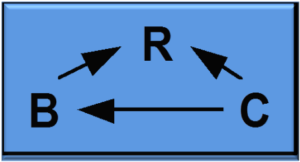 ower and trust as well as intensity of expressed conflict.
ower and trust as well as intensity of expressed conflict.
Behavior in this model is defined as a broad term including multi-dimensions and intentional as well as unintentional. Finally, Conditions are defined as active and including circumstances, capabilities and skills of the parties, culture, and the environment. Of course, time is a variable in this model as well.
One key feature of the R B C Framework is its emphasis on interactive relationships while providing an environment for multiple levels of behavioral analysis. This makes it a useful tool to better understand the new regulatory processes currently unfolding. As we will see later, the number of constituents now engaged belays the use of simplistic linear decision models.
Where It All Started
For almost two decades, Scott Shemwell licensed and sold information technology hardware and software globally. While he has enjoyed success in six continents, he was very successful throughout Asia with all its different cultures. He routinely dealt with different cultures, social norms and business practices. This led him to explore methods for negotiation with different cutlures.
In 1996, Dr. Shemwell published his doctoral dissertation, Cross Cultural Negotiations between Japanese and American Businessmen: A Systems Analysis, (Exploratory Study). This two-person game between Japanese and American business executives was conducted at the University of Houston’s Behavioral Science Lab.
Since this cross-cultural interaction model was originally developed for geographic and ethnic cultural differences, it has been extended (qualitatively) to include the cultural differences that exist within an industry segment and even within organizational boundaries. It is believed that the quantitative component of the model does not change regardless of the scenario. This makes the game a very powerful learning tool. It has been used as a cross-culture training tool for over three decades. Additional uses have been found and the original game extended.
For those interested in additional information about this construct, check out A Brief History of Serious Games or for more detail Study on the Use of Serious Games in Business Education.

